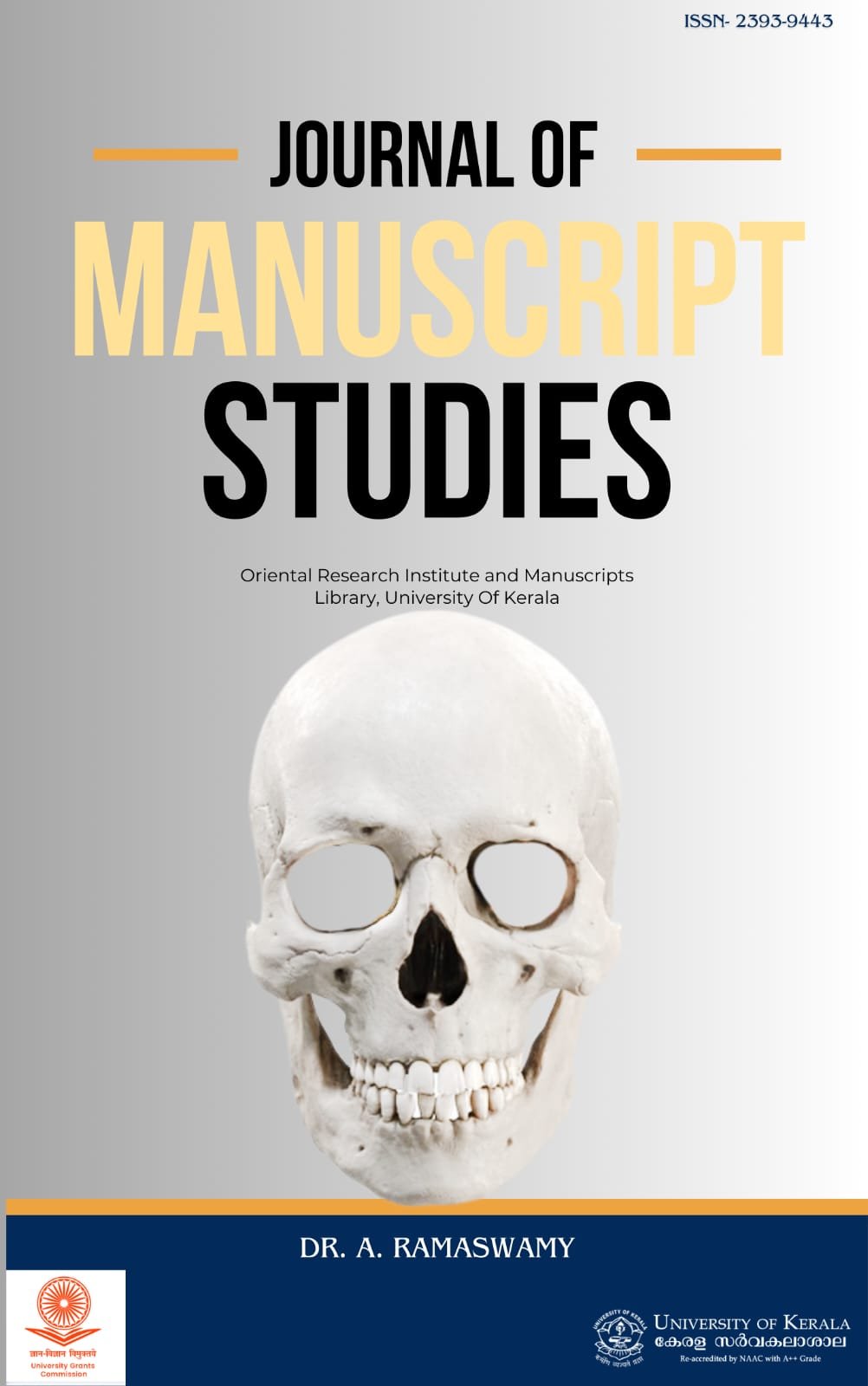Characterization of bio-physical features in Thalawila fishing ground, North-western coast of Sri Lanka
Keywords:
Chlorophyll, phytoplanktonAbstract
Fish aggregation is area specific and strongly links
with oceanographic processes and parameters. The sea off
Thalawila in the North-western region of Sri Lanka is a major
fishing ground particularly for the tuna longline fishery. To
study the monsoon response on fishing, environmental data
on temperature, conductivity, depth and chlorophyll profiles
along with plankton sampling were collected at seven selected
locations during the first inter-monsoon and the Northeast
monsoon in 2007. The depth of the thermocline was 80 − 90 m
during the inter-monsoon, and 40 − 60 m during the Northeast
monsoon. The observations indicated that the depth of the
chlorophyll-a maximum varied from 20 − 80 m. The deepest
depth of chlorophyll maxima was found in April. However,
there was a broader peak of chlorophyll varying within the
depth range of 20 − 80 m in January and March. The values
of mean phytoplankton and zooplankton abundances of the
area were 3273 ± 771 and 55.36 ± 9.82 indi. L-1
, respectively.
The chlorophyll-a concentration and the zooplankton density
varied as a function of time, but the spatial variability was
less significant. The relative compositions of phytoplankton
revealed that diatoms dominated with 91 % of the total
population followed by 8 % dinoflagellate contribution. The
zooplankton analysis indicated the dominance of crustacean
larvae comprising about 48.4 % with copepods of about 37.04 %.
The present analysis indicated that chlorophyll significantly
correlated with the phytoplankton and zooplankton density
(p < 0.01). The findings suggest that thermal structure of the
water column and food availability are likely to determine the
aggregation of fish off the North-western coast of Sri Lanka.

Downloads
Published
Issue
Section
License

This work is licensed under a Creative Commons Attribution-NonCommercial-NoDerivatives 4.0 International License.













